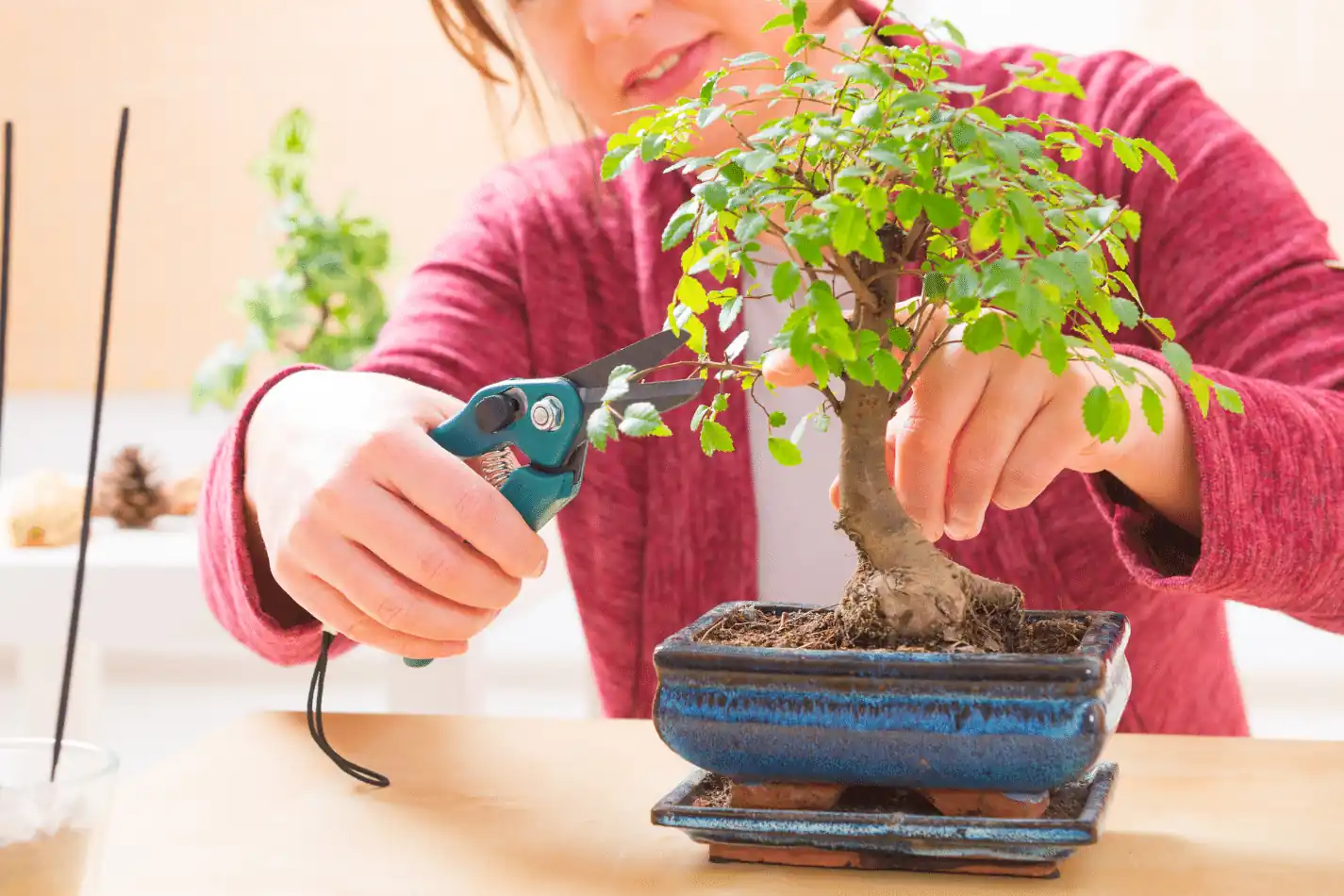In the world of bonsai, they say, ‘Timing is everything.’ When it comes to repotting your bonsai, choosing the right time of year can significantly impact its health and growth.
As you navigate the seasons and consider the best moment to tackle this essential task, remember that each period offers unique advantages and challenges.
Whether it’s the rejuvenating energy of spring, the careful considerations of summer, the strategic timing of fall, or the dormancy of winter, each season plays a crucial role in the repotting process.
Stay tuned to discover the optimal times for repotting your bonsai and ensuring its well-being throughout the year.
Spring: Ideal Time for Repotting Bonsai
Spring is widely regarded as the ideal time for repotting bonsai trees due to the active growth phase they enter during this season.
In early spring, the benefits of repotting bonsai include taking advantage of the tree’s increased metabolic activity, promoting better root development, and enhancing overall health. This period allows the bonsai to recover swiftly and establish itself in a new environment before the growing season hits its peak.
However, as you move into late spring, there are risks associated with repotting, such as the potential for increased stress on the tree due to rising temperatures and the tree being in a more vulnerable state. It’s crucial to monitor the bonsai carefully during this time to ensure it adapts well to the change.
Summer: Considerations for Repotting Bonsai
As the summer season approaches, it’s important to carefully consider various factors when contemplating repotting your bonsai tree. Summer is a period of active growth for bonsai trees, making it a suitable time for root pruning.
When repotting during summer, focus on root pruning to maintain the health and vigor of your bonsai. Ensure that the soil composition is well-draining to prevent waterlogging and root rot, which are common issues during the warmer months. Choose a soil mix that promotes good aeration and drainage while providing essential nutrients.
Fall: Timing and Techniques for Repotting Bonsai
With the arrival of fall, the timing and techniques for repotting your bonsai tree become crucial to ensure its continued health and vitality.
Autumn repotting involves several necessary steps to protect your bonsai during this transitional period. First, carefully remove the tree from its container, gently prune any circling roots, and trim back long roots. Then, inspect the root ball for any signs of disease or pests before repotting in fresh soil.
When conducting fall transplanting, it’s best to choose a well-draining soil mix to prevent waterlogging and root rot. Additionally, consider placing your bonsai in a protected area to shield it from harsh winter conditions.
Following these best practices will help your bonsai thrive throughout the fall season.
Winter: Repotting Bonsai in Dormancy
During the winter months, it’s essential to carefully consider the timing and methods for repotting your bonsai tree while it’s in dormancy. Winter dormancy offers several benefits for repotting, such as minimizing stress on the tree due to reduced growth activity.
Root pruning during this period can help maintain the health and structure of the roots, preparing the bonsai for healthy growth once spring arrives. When repotting in winter, it’s crucial to use proper winter repotting techniques to ensure the tree’s survival and successful recovery.
These techniques involve gentle handling of the roots, using well-draining soil to prevent waterlogging during the dormant season. By following these methods, you can promote optimal root development and overall bonsai health during the winter dormancy period.
Year-Round Care: Tips for Successful Repotting
For successful repotting of your bonsai tree year-round, meticulous attention to timing and technique is crucial to ensure optimal growth and health.
When repotting your bonsai, consider the watering frequency carefully. After repotting, the tree’s roots may need more regular watering to help them establish in the new soil. However, be cautious not to overwater, as this can lead to root rot.
Additionally, the soil composition plays a significant role in the success of repotting. Ensure that the soil provides adequate drainage while retaining enough moisture for the tree. A well-balanced mix of akadama, pumice, and lava rock is commonly used for bonsai soil.







